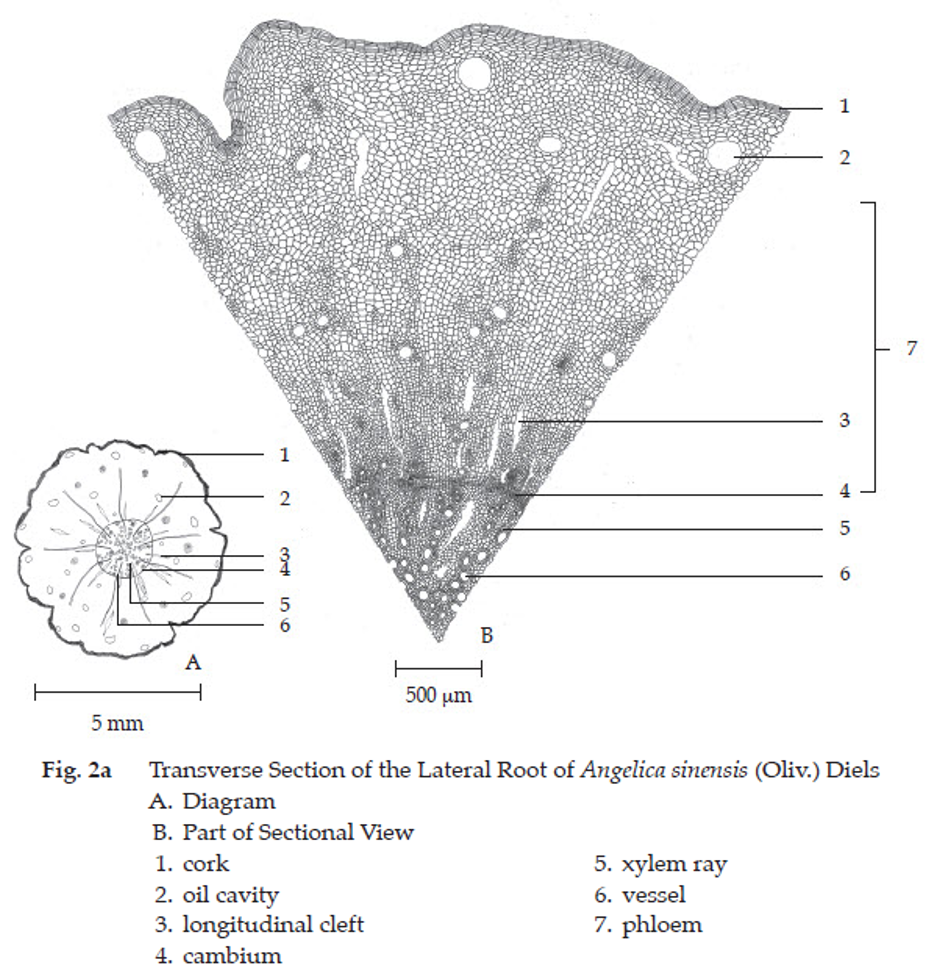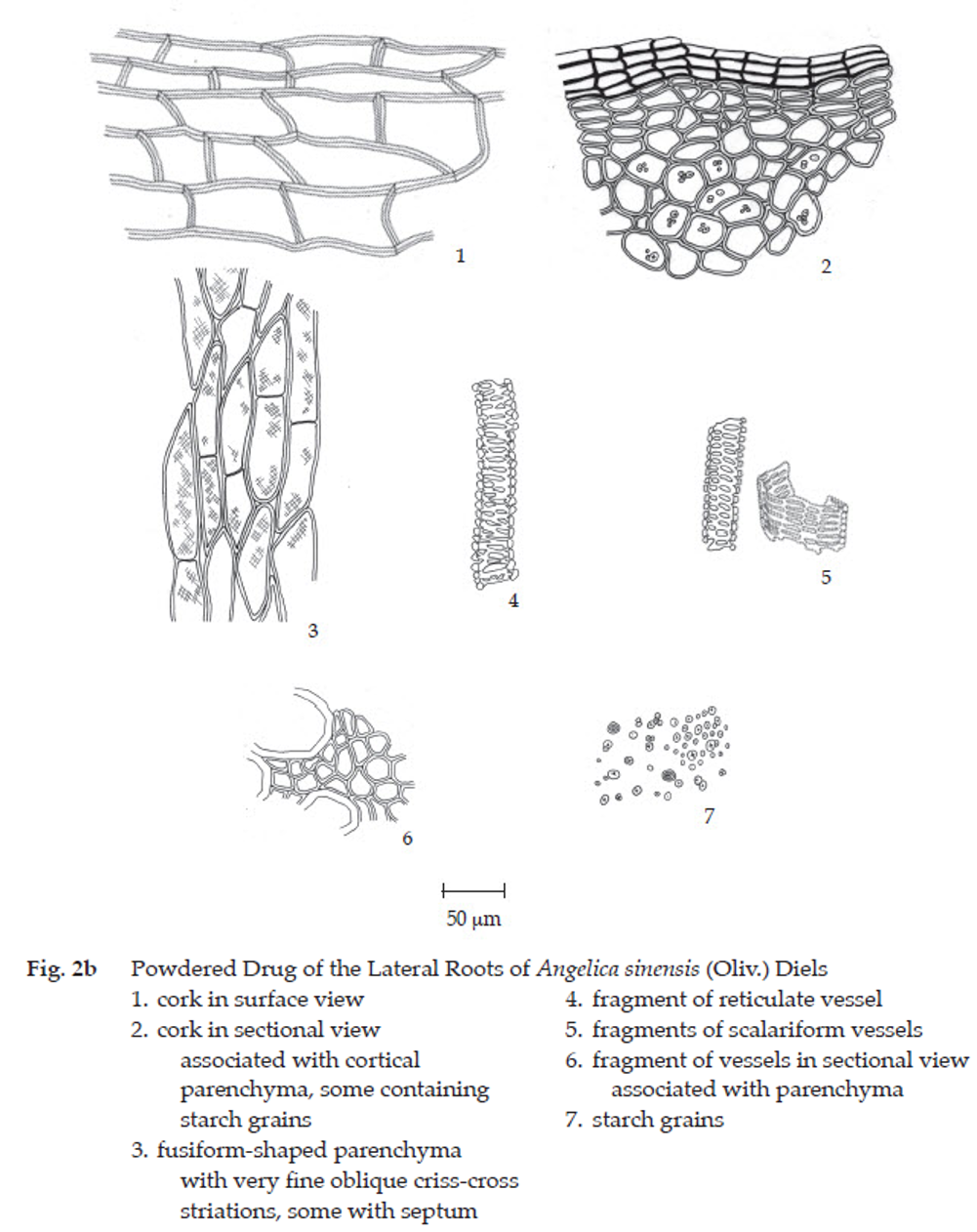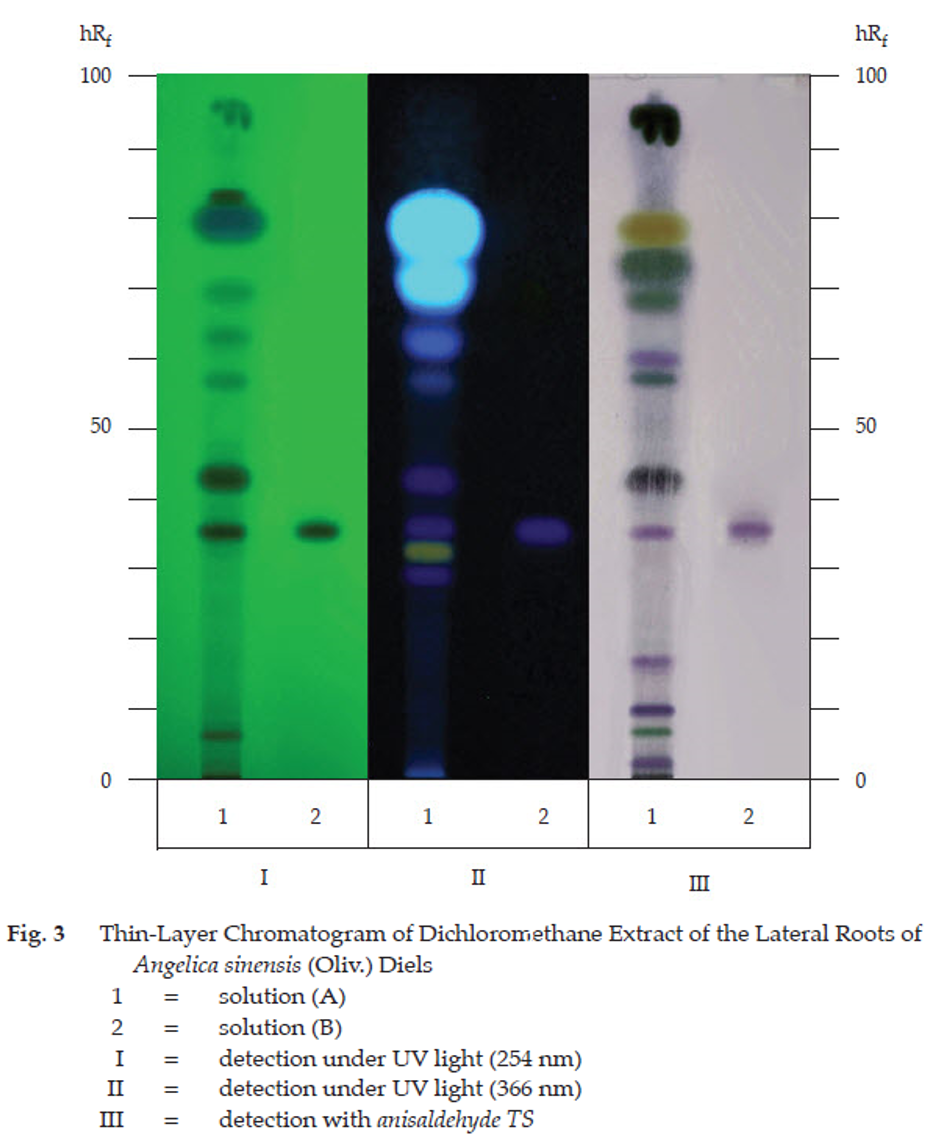ตำรามาตรฐานยาสมุนไพรไทย
Thai Herbal Pharmacopoeia
สำนักยาและวัตถุเสพติด กรมวิทยาศาสตร์การแพทย์ กระทรวงสาธารณสุข
Bureau of Drug and Narcotic, Department of Medical Sciences, Ministry of Public Health(Tinospora crispa (L.) Hook.f. & Thomson)
(Nelumbo nucifera Gaertn.)
(Centella asiatica (L.) Urb.)
(Centella Dry Extract)
(Centella Cream)
(Mesua ferrea L.)
(Piper sarmentosum Roxb.)
(Piper sarmentosum Roxb.)
(Pterocarpus santalinus L. f.)
(Santalum album L.)
(Senna tora (L.) Roxb.)
(Senna alata (L.) Roxb.)
(Senna Alata Tea)
(Piper retrofractum Vahl)
(Myristica fragrans Houtt)
(Andrographis paniculata (Burm. f.) Nees)
(Andrographis Capsules)
(Allium ascalonicum L.)
(Ocimum tenuiflorum L.)
(Curcuma longa L.)
(Turmeric Capsules)
(Turmeric Dry Extract)
(Turmeric Dry Extract Capsules)
(Arcangelisia flava (L.) Merr.)
(Curcuma sp.)
Harrisonia perforata (Blanco) Merr.
(Aristolochia pierrei Lecomte)
(Zingiber officinale Roscoe)
(Ginger Capsules)
(Ginger Tea)
(Cassia fistula L.)
(Nardostachys jatamansi (D. Don) DC.)
(Angelica sinensis (Oliv.) Diels)
Artemisia annua L.
(Ligusticum sinense Oliv. cv. Chuanxiong)
(Neopicrorhiza scrophulariiflora Pennell)
(Atractylodes lancea (Thunb.) DC.)
(Aucklandia lappa Decne)
(Terminalia chebula Retz.)
(Angelica dahurica (Hoffm.) Benth. & Hook. f. ex Franch. & Sav. var. dahurica)
(Kaempferia parviflora Wall. ex Baker)
(Hibiscus sabdariffa L.)
(Roselle Tea)
(Allium sativum L.)
(Zingiber zerumbet (L.) Sm.)
(Wurfbainia testacea (Ridl.) Škorničk.& A. D. Poulsen)
(Cannabis sativa L.)
(Myristica fragrans Houtt)
(Dracaena cochinchinensis (Lour.) S. C. Chen)
(Ficus racemosa L.)
(Hyptis suaveolens (L.) Poit.)
Clerodendrum indicum (L.) Kuntze
(Phyllanthus emblica L.)
(Citrus hystrix DC.)
(Citrus hystrix DC.)
(Areca catechu L.)
(Momordica charantia L.)
Moringa oleifera Lam.
(Aegle marmelos (L.) Corrêa)
(Solanum trilobatum L.)
(Morus alba L.)
Gynostemma pentaphyllum(Thunb.)
Makino
(Clinacanthus nutans (Burm. f.) Lindau)
(Cissus quadrangularis L.)
(Mimusops elengi L.)
(Zingiber montanum (J. König) Link. ex A. Dietr.)
(Piper betle L.)
(Capsicum annuum L.)
(Capsicum Oleoresin)
(Capsicum Gel)
(Piper nigrum L.)
(Piper nigrum L.)
(Eurycoma longifolia Jack)
(Thunbergia laurifolia Lindl.)
(Piper wallichii (Miq.) Hand.-Mazz.)
Senna garrettiana (Craib) H. S. Irwin & Barneby
(Terminalia bellirica (Gaertn.) Roxb.)
(Terminalia chebula Retz.)
(Caesalpinia bonduc (L.) H. Roxb.)
(Tarlmounia elliptica (DC.) H. Rob., S. C. Keeley, Skvaria & R. Chan)
(Hog Creeper Vine Dry Extract Capsiles)
(Hog Creeper Vine Dry Extract)
(Brachypterum scandens (Roxb.) Miq.)
(Lepidium sativum L.)
(Nigella sativa L.)
(Cuminum cyminum L.)
(Foeniculum vulgare Mill.)
(Plantago ovata Forssk.)
(Pimpinella anisum L.)
(Carum carvi L.)
(Anethum graveolens L.)
(Trachyspermum ammi (L.) Sprague)
Albizia procera (Roxb.) Benth.
(Acorus calamus L.)
(Tiliacora triandra (Colebr.) Diels)
Cyanthillium cinereum (L.) H. Rob.
(Orthosiphon aristatus (Blume) Miq.)
Murdannia loriformis (Hassk.) R. S. Rao & Kammathy
(Capparis micracantha DC.)
(Chrysopogon zizanioides (L.) Roberty)
(Cyperus rotundus L.)
(Cannabis sativa L.)
(Syzygium aromaticum (L.) Merr. & L. M. Perry)
(Boesenbergia rotunda (L.) Mansf.)
(Acanthus ebracteatus Vahl)
(Acanthus ilicifolius L.)
(Kaempferia galanga L.)
(Curcuma comosa Roxb.)
Betula alnoides Buch.-Ham. ex D. Don
Cannabis sativa L.
Carthamus tinctorius L
Mitragyna speciosa (Korth.) Havil
Mallotus repandus (Rottler) Müll. Arg
Azadirachta indica A. Juss. var. siamensis Valeton
Azadirachta indica A. Juss. var. siamensis Valeton
Punica granatum L.
Rhinacanthus nasutus (L.) Kurz
Baliospermum solanifolium (Burm.) Suresh
Curcuma aeruginosa Roxb
Boesenbergia kingii Mood & L. M. Prince
Senegalia rugata (Lam.) Britton & Rose
Acacia concinna (Willd.) DC.
Senegalia rugata (Lam.) Britton & Rose
Acacia concinna (Willd.) DC.
Senna alexandriana Mill. var. alexandriana
Cassia acutifolia Delile, Cassia angustifolia Vahl
Butea superba Roxb. ex Willd.
[Plaso superba (Roxb. ex Willd.) Kuntze, Rudolphia superba (Roxb. ex Willd.) Poir.
Pueraria candollei Graham
ex Benth. var. mirifica (Airy Shaw & Suvat.) Niyomdham
Streblus asper Lour.
Suregada multiflora (A. Juss.) Baill. (Gelonium
multiflorum A. Juss.
Chinese Angelica Lateral Root is the dried lateral root of Angelica sinensis (Oliv.) Diels (A. polymorpha var. sinensis Oliv.) (Family Umbelliferae), Herbarium Specimen Number: see Additional information 1, Crude Drug Number: DMSc 1139.
Constituents Chinese Angelica Lateral Root contains alkyl phthalides (e.g., Z-ligustilide, Z-butylidenephthalide, angelicide) and phenylpropanoids (e.g., E-ferulic acid, coniferyl ferulate). It also contains terpenoids (e.g., carvacrol, cis-β-ocimene, β-cadinene), benzenoids (e.g., vanillic acid), polysaccharides, etc.
Description of the plant (Figs. 1a, 1b) Perennial herb up to 1 m tall; s tem purplish green, linear s triation, branched above, glabrous; root s tout, conic or cylindrical, branched, lateral roots numerous. Leaves pinnately or ternately compound, alternate, blade ovate in outline, 10 to 30 cm long, 12 to 25 cm wide; pinnae 3 to 4 pairs; leaflets ovate or ovate-lanceolate, 2 to 3.5 cm long, 0.8 to 2.5 cm wide, 2- to 3-lobed, margin irregularly cuspidate-serrate, nerves and margins sparsely papillose to hairy; petiole 5 to 20 cm long, purplish green, base of petiole sheathing, inflated, ovate, margin membranous. Inflorescence compound umbel, terminal or axillary, umbels 10 to 30; peduncle 8 to 20 cm long, pubescent or subglabrous; bract(s) absent or 2, linear, unequal; bracteoles 2 to 4, linear, 3 to 5 mm long, glabrous. Flowers small, white, rarely purplish red, 13 to 36 per umbel; pedicel slender, 1 to 3 cm in fruit; calyx teeth obsolete; petals 5, obovate, apex incurved; ovary inferior, 2-loculed, 1-ovuled per locule, s tylopodium shortly conic. Fruit schizocarp, ellipsoid, ovoid or subglobose, 4 to 6 mm long, 3 to 4 mm wide, dorsal ribs prominent, filiform, lateral ribs broadly thin-winged, wings as wide as or wider than the body, vitta(e) 1 on each furrow, absent or 2 on commissure, split into 2 single-seeded mericarps. Seed plane or slightly concave.
Description Odour, strongly aromatic; taste sweet, slightly bitter and pungent.
Macroscopical (Fig. 1a) Lateral roots 0.3 to 1 cm in diameter, the upper portion thick and the lower portion thin, mostly twisted and exhibiting a few rootlet scars. Texture flexible, fracture yellowish white or yellowish brown; bark thick, showing some clefts and numerous brown-dotted secretory cavities; wood paler in colour, cambium ring yellowish brown.
Microscopical (Figs. 2a, 2b) Transverse section of the dried lateral root shows periderm, cortex, phloem, xylem, schizogenous oil cavities, longitudinal clefts, cambium, and pith. Periderm, 4 to 6 layers of thin-walled, rectangular cork cells. Cortex, narrow, with polygonal parenchyma cells, oil cavities and longitudinal clefts. Xylem, solitary or groups, 2 to 5, radially arranged, surrounded by small parenchyma; xylem rays 3 to 7 layers of cells. Phloem, broad, with polygonal parenchyma, oil cavities and longitudinal clefts. Cambium in a ring, several layers of small rectangular cells. Schizogenous oil cavities, abundant, scattered from phloem tissues to cortex, diameter increase from phloem tissues to outer part of cortex. Pith, distinct, several layers of parenchyma cells filled with starch grains.




Chinese Angelica Lateral Root in powder possesses the diagnostic microscopical characters of the unground drug. Fusiform phloem parenchyma with slightly thick-walled, very fine oblique criss-cross striations and thin-walled septum is characteristic. Large and thin-walled cork, or cork associated with parenchyma, is frequently observed.
Contra-indication
1. It is contra-indicated in patients prior to surgery and in patients with diarrhea, hemorrhagic diseases or hypermenorrhoea.
2. It is contra-indicated in children and in pregnant and nursing women.
Warning
1. It may cause phototoxicity, i.e. eczema, burns.
2. Caution should be exercised when it is to be used concomitantly with anticoagulant drugs such as warfarin and antiplatelet drugs.
Additional information
1. Chinese angelica plant is not native to nor commercially cultivated in Thailand. The plant yielding chinese angelica lateral root is here referred to the herbarium specimen, collectorʼs number Aug. Henry 7143, deposited at New York Botanical Garden, New York, the United States of America. The photographic illustration of the specimen can be seen at the Department of Medical Sciences Herbarium (DMSC), Nonthaburi, Thailand.
2. It is commonly used with other herbal drugs in Thai traditional herbal preparations.
3. It is recommended to keep in a refrigerator
Packaging and storage Chinese Angelica Lateral Root shall be kept in well-closed containers, protected from light, and stored in a dry place.
Identification
A. Reflux 1 g of the sample, in powder, with 10 mL of ethanol for 30 minutes and filter (solution 1). To 2 mL of solution 1, add a few drops of iron(III) chloride TS: a green colour is produced.
B. Drop solution 1 on a filter paper and examine under ultraviolet light (366 nm): a blue fluorescence is produced.
C. Carry out the test as described in the “Thin-Layer Chromatography” (Appendix 3.1), using silica gel GF254 as the coating substance and a mixture of 86 volumes of toluene, 14 volumes of ethyl acetate and 5 volumes of formic acid as the mobile phase. Apply separately to the plate as bands of 10 mm, 25 μL of solution (A) and 10 μL of solution (B). Prepare solution (A) by refluxing 1 g of the sample, in powder, with 10 mL of dichloromethane for 30 minutes and filtering. Evaporate the filtrate until dryness and dissolve the residue in 1 mL of toluene. For solution (B), dissolve 1 mg of ferulic acid in 1 mL of methanol. After removal of the plate, allow it to dry in air and examine under ultraviolet light (254 nm), marking the quenching bands. The chromatogram obtained from solution (A) shows a quenching band (hRf value 31 to 38) corresponding to the ferulic acid band from solution (B). Other several quenching bands are also observed. Subsequently examine the plate under ultraviolet light (366 nm) through the cut-off filter; the band corresponding to ferulic acid shows violet fluorescence. Other several fluorescent bands of different colours are also observed. Spray plate with anisaldehyde TS and heat at 105° for 10 minutes; the band corresponding to ferulic acid is violet. Other several bands of different colours also appear (Table 1); see also Fig. 3.
Table 1 hRf Values of Components in Dichloromethane Extract of the Lateral Roots of Angelica sinensis (Oliv.) Diels
| Band | hRf Value | Detection | ||
| UV 254 | UV 366 | Anisaldehyde TS | ||
| 1 2 3 4 5 6 7* 8 9 10 11 12 13 14 15 16 |
2-5 5-9 7-13 15-20 26-32 29-35 31-38 39-46 52-58 57-63 57-65 64-71 69-75 71-79 79-82 89-95 |
- - - - - - quenching quenching weak quenching - weak quenching weak quenching - quenching quenching quenching |
- - - - violet yellow violet violet light blue - blue intense blue - intense blue - - |
violet green violet violet - - violet grey green violet - green green yellow - dark green |
*ferulic acid
Water Not more than 14.0 per cent v/w (Azeotropic Distillation Method, Appendix 4.12).
Foreign matter Not more than 2.0 per cent w/w (Appendix 7.2).
Acid-insoluble ash Not more than 2.0 per cent w/w (Appendix 7.6).
Total ash Not more than 7.0 per cent w/w (Appendix 7.7).
Ethanol-soluble extractive Not less than 12.0 per cent w/w (Appendix 7.12).
Water-soluble extractive Not less than 52.0 per cent w/w (Appendix 7.12).
Dose 6 to 12 g, as a decoction, a day.
